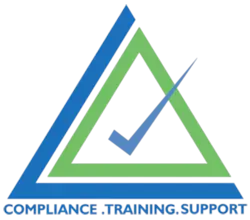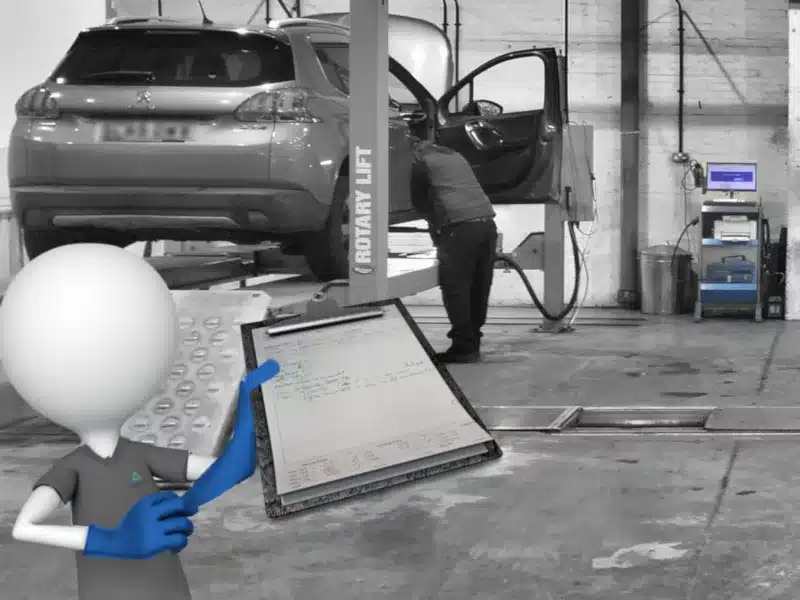In this article, we cover several points linked to one frequently asked question: How do I carry out a QC check?
How often should I do a QC check at my MOT Testing Station?
The frequency of checks and the DVSA minimum standard is ONE per MOT tester every TWO months.
However, this is based on the average garage throughput of 2-3 tests per day for experienced MOT testers. So, frequency should be varied to reflect the volume of tests done or any other special circumstances, such as an MOT tester’s experience. For example, if an MOT tester is inexperienced and completing one MOT test a day … or very experienced and doing twice the average of 2-3 MOT tests per day … you should consider increasing the QC checks to once a month.
Maintaining quality management and control at your MOT Testing Station
Vehicle Testing Stations now use many different approaches to managing quality at their sites. For example, some AEs now use third parties and software to advise them.
However, existing requirements for quality control checks aren’t always appropriate for smaller sites. Due to this the DVSA has changed how evidence of quality control and management is recorded.
How do I record quality control at my MOT testing station? (QC checks)
You no longer need to record quality control.
However, all AEs must give proof of how quality is being managed. This will form part of site assessments in the future.
Your quality system should be tailored to meet the particular circumstances of your vehicle testing station, including things like:
- Volumes of MOT tests
- Numbers of MOT testers
- Experience of staff
As mentioned, there is no absolute requirement for managing quality at your MOT testing station. However, your systems must let AEs carry out their ‘responsibilities to manage quality’ properly.
In all cases, AEs must keep documents – including proof of items identified by their procedures and the remedial action required.
Below, we list some of the better ways we’ve seen vehicle testing stations manage this.
How do I show the DVSA that I’m doing QC checks correctly?
A procedure should be in place to check that at least a sample of MOTs from your MOT testing station are checked to ensure that the correct routines and procedures are followed and that the proper standards are applied.
An AE may consider implementing an assurance approach which could include a third party or trade representative. Any third party should cover aspects relating to MOT test standards and the administrative management of the MOT business. Alternative approaches we’ve seen that work well are:
- Nominating an experienced and well-regarded MOT tester to conduct the assurance checks
- Rotating the responsibility across the MOT team
- Partnering with neighbouring garages.
Where a vehicle testing station has only one MOT tester, it is expected that the AE should use an approach like the ones listed above to ensure the quality of testing. If that’s not possible, use the test quality reports to check the testers’ own performance against the national statistics, noting reasons for differences and any action taken if appropriate.
We should also point out that QC reports must contain more than the words “good test” … or a similar catch-all phrase! The DVSA want to know how that tester conducted that test.
It is not an issue to write something negative, i.e. MOT Tester missed security of the rear number plate, so long as that is not being reported every month … if it is, that’s a problem.
Who can carry out a QC check at an MOT testing station?
Whichever approach you take, those carrying out assurance checks must be trained as MOT testers, hold a Level 2 qualification in MOT Testing or equivalent for the appropriate class, and comply with annual training and assessment requirements.
The key factor is to ensure that all MOT testers have a proportion of tests rechecked by someone independent of that MOT tester – so they can have some degree of objectivity.
Whoever is conducting the quality assurance check should either:
- Closely watch all parts of the test as they are carried out; or
- Closely observe the testing process and conduct a full re-examination of the vehicle to check standards application.
Once the MOT tester has completed an MOT test that will be the subject of a quality control (QC) check, any difference in the test result standards or observed defects must be discussed and resolved before confirmation of the test result on the MOT testing service.
The result of the assurance check must be recorded, including any agreed action. That agreed action could be additional training, a garage development session or any other appropriate action. The key thing here is to show that corrective action is taken.
Where unusually high numbers of failings are found, it would be expected that the frequency of checks is increased until such time as it is evidenced that the problem has now been solved.
Contact us if you’d like to understand more about the time-saving (and stress-reducing) benefits of engaging a professional, qualified third-party AECto visit your VTS site regularly.

